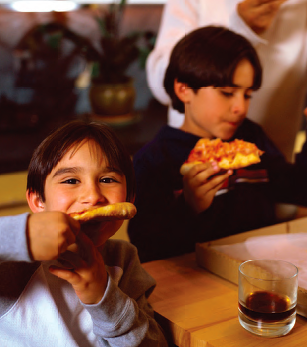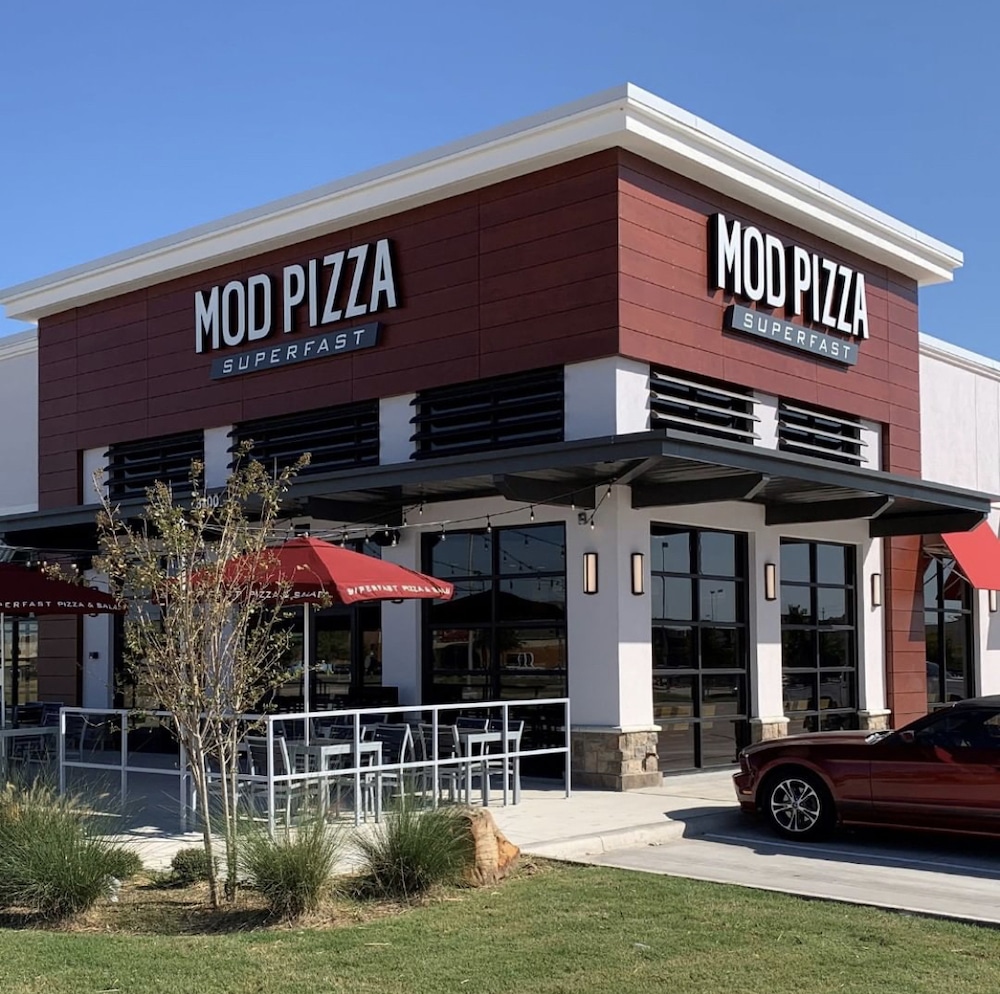 If your business offers delivery, you’d better have the right tools for the job. Outfitting your delivery drivers doesn’t always require a substantial investment, but experts agree that if you buy the right product, you’ll reap the benefits of durability and even a little extra exposure for your brand. When it comes to car toppers, delivery bags and pizza boxes, there are a few questions you’ll want to ask your sales representatives. PMQ asked the experts what you should know.
If your business offers delivery, you’d better have the right tools for the job. Outfitting your delivery drivers doesn’t always require a substantial investment, but experts agree that if you buy the right product, you’ll reap the benefits of durability and even a little extra exposure for your brand. When it comes to car toppers, delivery bags and pizza boxes, there are a few questions you’ll want to ask your sales representatives. PMQ asked the experts what you should know.
Bag It Up
A quality delivery bag will cost between $15 and $60, depending on size and quality—not a big expense to ensure the quality of your food in transit. But make sure the lining is up to snuff, says Dave Schafer, owner of Bag Solutions in Yorkville, Illinois. “About 14 years ago, pizza bags started using lining that is similar to winter clothing, to let moisture out and preserve the heat,” Schafer says. “Older bags used PVC linings, which would actually create additional moisture.” While a guaranteed moisture-free lining is the most important feature of any bag—and you’ll want to retain heat for at least a half hour—many other factors also affect how hot your pie stays en route. “You can’t forget that the thickness and the toppings of the pizza play a role,” he points out. “A thin-crust cheese pie is going to lose heat much more quickly than a thick, loaded pie.”
Merrill Hansen, vice president of Ultimate Pizza Bag in Golden Valley, Minnesota, says that you should evaluate your delivery business before making any purchase. “There are bags that hold one pizza, and some that hold 15,” Hansen says. “Operators who deliver to a lot of parties really need to consider buying a couple of large bags. The more pizza you have in one bag, the longer the pies will retain their heat. It’s all about heat and air space.” Hansen also recommends seeking out bags that offer a one-year warranty.
However, Schafer notes that delivery bags are much more likely to be lost than wear down (he recommends that operators make individual drivers in charge of their bags). Nonetheless, most delivery bags can last two to five years, depending on how well you take care of them. “Imagine if your delivery drivers wore the same clothes every day without washing them—the fabrics would start to break down,” he says. “Bags are the same way. Every once in a while, just turn them inside out, clean them with a mild solution and hang them up to dry.”
 Top It Up
Top It Up
Pizza delivery is often an impulse purchase, which makes topping your delivery drivers’ vehicles advantageous. “Some studies have shown that operators can get from three to 10 extra orders per shift by using car top signs,” says Sam Cassel, vice president of Auto Sox USA in Spokane, Washington. “I have clients who say they know exactly where their drivers are because that’s where the orders are coming from when they’re out.” Cassel points out there are two basic types of car top signs to consider: window mount and magnetic. Window mounts are a way to get around a few issues with your drivers’ vehicles. Many magnetic signs will not stay on vehicles with aluminum bodies, and large sunroofs can make window mount signs ideal. However, magnetic signs are ideal for most delivery vehicles. “We always say there is a ‘30-30 rule,’” Cassel says. “You want to be able to see a sign from 30’ away when the driver is traveling 30 miles an hour. This means it’s best to be simple in your design, and your information should be easily visible. LED lighting is always preferable.” Cassel’s tip for talking with your sales representatives: Make sure that your magnetic signs have a base cover to avoid scratching a vehicle’s roof. Also, while theft has become less of a problem as magnet technology has improved, a safety strap that attaches to the driver’s side seat belt is a good deterrent.
Box It Up
You can go generic when shopping around for pizza boxes, but a little creativity with your packaging can build repeat business. Hal Porter from Star Pizza Box in Lakeland, Florida, notes that operators shouldn’t forget that their delivery boxes are marketing tools—and a custom design makes your image more credible. “Sometimes smaller operations feel the extra expense isn’t worth it,” Porter notes. “But our clients find custom boxes do generate repeat orders. A lot of people find that incorporating specials or coupons directly on the box does well too, but, most importantly, a custom design makes your brand interesting and visible.” When shopping around for a new box manufacturer, make sure the product is made of food-grade qualified cardboard (for example, a product certified by the American Institute of Baking). Porter suggests asking your sales representative if the product is made of B-flute or E-flute cardboard. B-fl ute is thicker and retains heat a little better.
Your boxes should also help maintain the integrity of your product. Using pizza liners can slightly lift your pies above excess oil and prevent your crust from getting soggy. “Pizza liners keep a crispy crust,” says Eric Toro, a marketing specialist for Crust Saver in Wallingford, Connecticut. “We’ve seen pizzerias experience a rise in sales just because the quality of the delivery product improves.” While there are a few different options out there for box liners, make sure you find a manufacturer with an FDA-approved material. You can expect to spend as much as 20 cents per liner, but with an improved product quality, the investment can nudge your bottom line in the right direction in a short amount of time.
A solid delivery purchase is one that improves the quality of your product or helps market your brand when a pie goes out the door. Delivery bags are a must, so explain your operation in detail to your salesperson to make sure you always have the right bag for the job. Car toppers promote purchases and, like delivery bags, you can keep them for years if properly taken care of. Finally, when your pie is delivered, your marketing efforts shouldn’t stop at the door. Custom pizza boxes spark the interest of consumers, and box liners secure the quality of your pizza. At the end of the day, you want your delivery product to make as big an impact as your meals served in-house.














